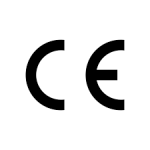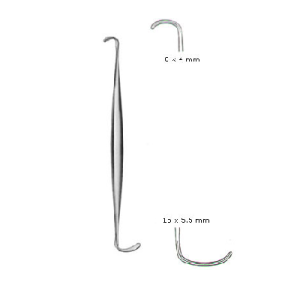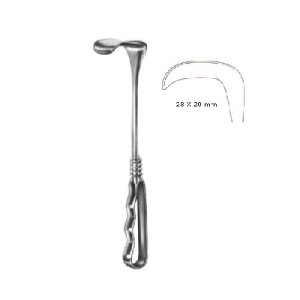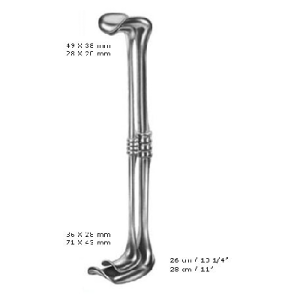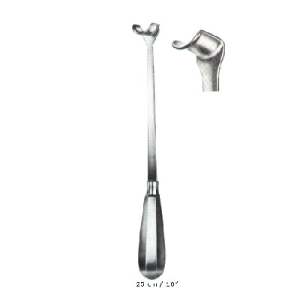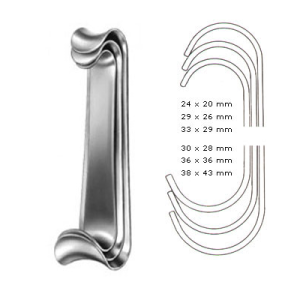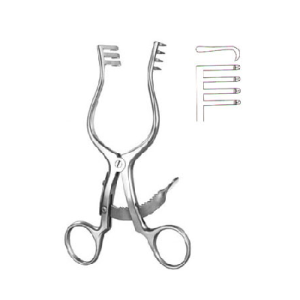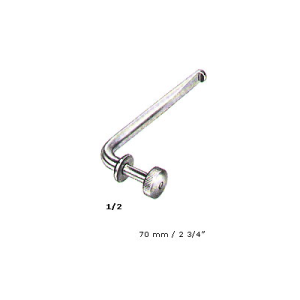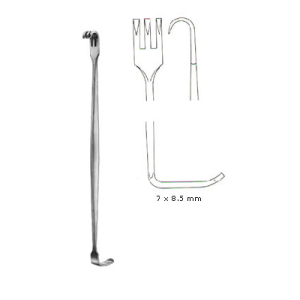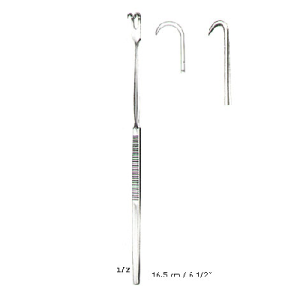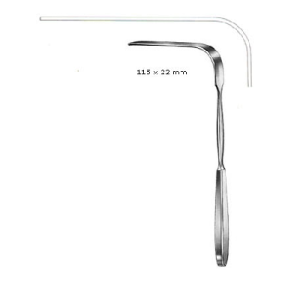Retractors
-

Polloson Retractors
View More -

Ragnell-Davis Retractors
View More -

Reverdin Abdominal Spatulas
View More -

Richardson Retractors
View More -

Richardson-Eastmann Retractors
View More -

Ross Retractors
View More -

Roux Retractors
View More -

Sauerbruch Retractors
View More -

Scalp-Contour Retractors
View More -

Scoville Abdominal Retractors
View More -

Scoville Laminectomy Rongeurs
View More -

Scovlle, Frame only Abdominal Retractors
View More -

Senn-Green Retractors
View More -

Senn-Mueller Retractors
View More -

Sharp Retractors
View More -

Simon Retractors
View More
Surgical Instruments Blog
Rigor’s OVERVIEW & CREDENTIALS Q1. Are you an OEM or ODM manufacturer?A: Rigor Instruments proudly serves as both an OEM and ODM manufacturer. We design, develop, and produce surgical
Sandblasting Surgical Instruments – Pros vs Cons ✅ Pros ❌ Cons Improves grip by creating a textured surface (ideal for handles and non-slip tools) May reduce corrosion
The Importance of Ultrasonic Cleaning in Surgical Instrument Manufacturing In the highly regulated and precision-driven world of surgical instrument manufacturing, cleanliness is not just a
A Glimpse of some processes done to your instrument At Rigor Instruments, precision is not just a goal — it’s our foundation. Our state-of-the-art manufacturing production process
Annealing of Surgical Instruments – Purpose & Process Annealing, especially within a dedicated Rigors Annealing Facility, is a crucial thermal process in surgical instrument manufacturing that improves metal ductility, reduces
Importance of Passivation in Surgical Instruments Passivation is a critical chemical process used to enhance the corrosion resistance of stainless steel surgical instruments. It ensures that instruments
What are Retractors
Retractors are an essential part of all surgical instruments. These instruments are used to hold back tissues and organs during operations so the surgeon may more readily observe and work on the desired area. Retractors are available in a wide range of sizes, forms, and materials, including silicone, plastic, and metal.
Retractors are divided into groups based on how they are made and how they work. There are retractor devices that are hand-held, self-retaining, and table-mounted. While self-retaining retractors may be locked into position, allowing the surgeon to operate without the need for an assistance to hold the retractor, hand-held retractors require an assistant to keep the retractor in place. Large organs or tissues are retracted using table-mounted retractors, which are attached to the operating table.
Why Use Retractors
Since ancient times, retractors have been employed during operations. The surgeon’s hand, which was employed to hold back tissues during operations, was the oldest type of retractor. But as surgical methods advanced, it became clear that more complex retractors were needed. Retractors are employed in many different surgical procedures nowadays and are a crucial component of contemporary surgical practice.
Retractors have greatly improved surgical results over time. Retractors make it easier for surgeons to see the surgical area, enabling more accurate and precise procedures. Additionally, retractors aid in minimizing tissue damage, which lessens the possibility of problems and hastens the healing process.
In short retractors are an essential component of surgical instruments. They are built of a range of materials and have a variety of forms and sizes. Retractors are divided into three categories depending on their functioning and design: table-mounted, self-retaining, and hand-held retractors. For some procedures, specialized retractor devices are also available.
Types of Retractors
The handheld retractor is one of the most popular forms of retractors. Hand-held retractors are typically composed of titanium or stainless steel and available in a range of sizes and forms. Hand-held retractors are intended to be used by an aid during surgery to hold back tissues and organs. These specific retractors come in handy while doing tiny operations when the surgeon has to see the operative area well.
On the other hand, self-retaining retractors can be utilized without the aid of a helper. These retractors are especially helpful during lengthy operations when an assistance could become weary. Self-retaining retractor designs range from straightforward hinged designs to more intricate ratcheting designs. These retractors are meant to be strong and long-lasting and are often constructed of titanium or stainless steel.
The table-mounted retractor is an additional form of retractor. Large organs or tissues are retracted using table-mounted retractors, which are attached to the operating table. These kinds of retractor instruments are very helpful during difficult operations when the surgeon requires a good view of the operative area. Simple hinged designs and more intricate ratcheting designs are both available for table-mounted retractors. These retractors are meant to be strong and long-lasting and are often constructed of titanium or stainless steel.
For certain surgical procedures like neurosurgery and cardiothoracic surgery, there are additional specialized retractor instruments. During surgery, fragile brain tissues are held back by neurosurgical retractors. These retractor instruments are often rather tiny and constructed of silicone or plastic. During surgery, the ribcage is held back by cardiothoracic retractors. These retractors are frequently constructed of steel and are typically rather large in size.
Why Rigor Surgical Instruments
Rigor is a second-generation surgical instruments manufacturer and supplier from Sialkot Pakistan providing best quality in Retractors since 1985.
Our exquisite quality and competitive pricing has given us great competitive advantage in the global surgical instruments market. Our ambition is to become a leader in international market in Retractors.
Have a glance at our wide range of Retractors with details,

